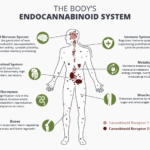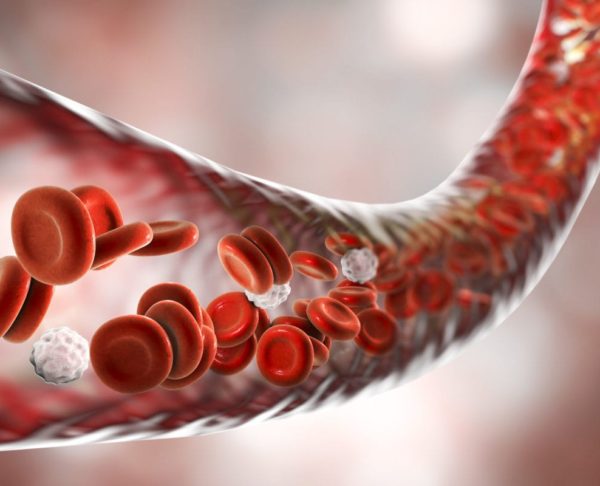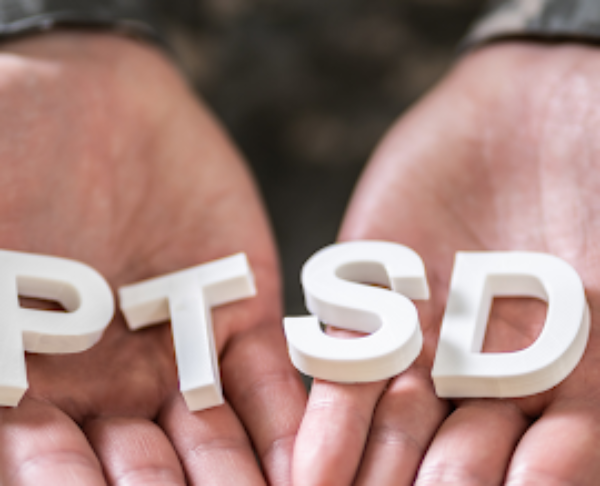Did you know that as a result of accidents, natural disasters, or many other circumstances, 70 percent of people will encounter traumatic stress in their lifetime? Of this 70 percent, approximately 10 percent will develop PTSD, or post-traumatic stress disorder.
While current research shows a general understanding of the differences in the brains of people living with PTSD and those without, we do not fully understand the precursors that would disposition someone to develop PTSD upon exposure to traumatic stress.
Research is currently being done into the early warning signs and potential intervention or prevention of PTSD in those exposed to traumatic events.
INSIDE THE MIND OF SOMEONE WITH PTSD:
The brain activity of someone with PTSD is markedly different from someone without PTSD. In healthy brains, the amygdala reports stimuli to the prefrontal cortex (PFC) and the PFC reports back to the amygdala on whether or not that stimuli is potentially life-threatening. If the PFC determines stressful stimuli to be dangerous enough, the amygdala will help trigger an adrenal response, and the body’s fight or flight systems will be activated. If the threat is not dangerous, the communication simply continues until an adrenal response is warranted.
In the brain of someone with PTSD, the communication between the amygdala and PFC is stunted. Typically, the amygdala is in overdrive, sending constant new messages to an underactive and unresponsive PFC. Essentially, the PFC is leaving the amygdala on. The amygdala has lost the ability to determine whether or not stimuli is threatening, and in an effort to survive, the body can enter a nearly constant, highly stressed state. Known as hyperarousal, this state can be marked by increased heart rate, racing or intrusive thoughts, anxiety, depression, nightmares, panic attacks, hormonal changes, and more.
Cannabis and PTSD
Miraculously for PTSD sufferers, cannabis seems to have the exact opposite neural signature when compared to PTSD. If PTSD is the lock, cannabis, specifically THC, seems to be the key.
When THC is administered to those suffering from PTSD, the hyperactivity of the amygdala is relaxed. THC dulls the response to potentially threatening stimuli by slowing down the reaction time of the amygdala releasing excitatory neurotransmitters. The body requires more call to action to enter an adrenal state when using cannabis. This discourages potential adrenal overreaction to non threatening stimuli.
The PFC is responsible for determining threat levels of stimuli due to its unique ability to learn, unlearn, and predict danger responses by comparing stimuli reported by the amygdala to memories. THC promotes PFC activity in the brains of those with PTSD, which can promote the mind’s ability to learn and unlearn new things. This can make therapeutic efforts such as fear extinction or safety learning much more viable treatment options.
Studies have found that versus placebo, THC reduces nightmares and increases general wellbeing in those with treatment-resistant or complex PTSD. It is also shown to alleviate sleep and appetite disturbances related to anxiety and depression, which are common symptoms of PTSD.
Ongoing research efforts hope to determine whether or not boosting the natural levels of endocannabinoids in the brain and body will be enough to alleviate chronic miscommunication between the amygdala and PFC. Supplementing the body’s natural endocannabinoid system (ECS) with cannabis as part of a robust and holistic stress management plan could help treat and prevent PTSD.
Want to learn more about how cannabis is used to treat PTSD? Check out our online course offerings in the medical applications of cannabis.
Source: https://youtu.be/tiqFDVhbX-U






